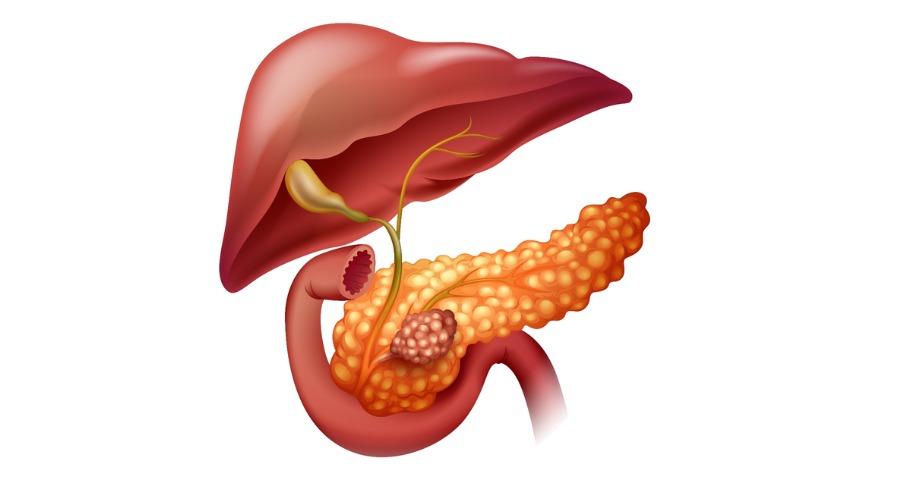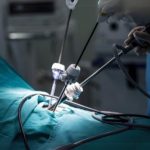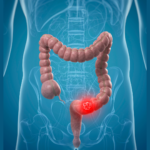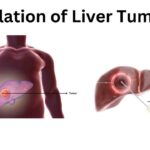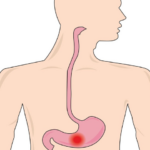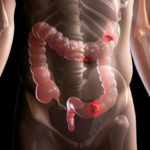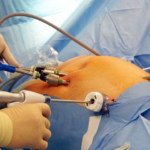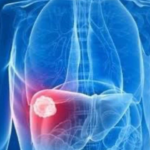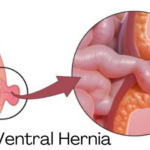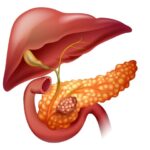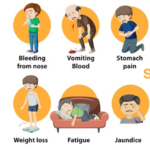The pancreas is located behind the stomach. It has a fish-like shape with a broad head, a narrow body, and a pointed tail.
The pancreas is behind the stomach. The pancreatic head is on the right side of the abdomen, behind the junction of the stomach and duodenum. The pancreatic tail is near the spleen in the left abdomen.
Pancreatic Tumor
Pancreatic cancer is cell growth in the pancreas. Among all types of pancreatic cancer, pancreatic ductal adenocarcinoma accounts for the vast majority. This variant comes from pancreatic duct cells.
Dr. Srikant Gadiyaram, a 20-year experienced professional, explains that pancreatic cancer is difficult to diagnose early and often lacks symptoms until it spreads. However, early detection improves treatment outcomes.
Symptoms
- Stomach Ache that radiates to the flanks or posterior region.
- Anorexia
- Weight Loss
- Jaundice
- Dark Coloured urine
- Itching
- Uncontrolled Diabetes.
- Arm or leg pain with swelling.
- Fatigue
Treatment Options
- Surgical procedure
One of the surgical procedures that can be used is:
- Whipple procedure
It involves removing the pancreatic head, gallbladder, part of the stomach, part of the small intestine, and the bile duct. Some of the pancreas can still produce digestive enzymes and insulin.
- Total pancreatectomy
It removes the pancreas, stomach sections, small intestine, common bile duct, gallbladder, spleen, and nearby lymph nodes.
- Distal pancreatectomy
Excision of the pancreas, including its tail and body. Splenectomy may be necessary if cancer has metastasized to the spleen.
Dr. Srikanth Gadiyaram suggests using palliative surgical procedures to improve quality of life when the disease has spread and surgery is no longer an option
- Biliary bypass is used for malignant obstruction in the bile duct causing gallbladder bile buildup. The surgeon will surgically cut the gallbladder or bile duct before the obstruction and stitch it to the small intestine, creating a new pathway.
- Endoscopic stent placement relieves bile duct obstruction caused by a tumor by inserting a slender tube called a stent. This procedure removes bile. The physician can insert a stent using a catheter to divert bile into a bag or redirect it into the small intestine to bypass the obstruction.
- Gastric bypass surgery is performed in situations where a tumor blocks the flow of food from the stomach. This procedure involves creating a direct connection between the stomach and the small intestine, enabling the patient to maintain a normal eating routine.
- Radiotherapy
Treats cancer using high-energy radiation to eliminate or slow down cancer cells. External radiation therapy uses a device to deliver radiation to the cancer-affected area of the body.
- Chemotherapy
Drugs that halt the development of cancer cells.. Systemic chemotherapy is when medications are given orally, intravenously, or intramuscularly to target cancer cells throughout the body. Combination chemotherapy uses multiple anticancer drugs for treatment.
- Targeted Medicine
A treatment that uses medicines to identify and fight specific cancer cells. It disrupts tumor proliferation pathways.
Early diagnosis of pancreatic cancer improves outlook, but symptoms often appear in later stages. High-risk individuals should see a doctor for pancreatic cancer tests. Contact Sahasra Hospital at 8880837000 or 9880105829 for advice.

